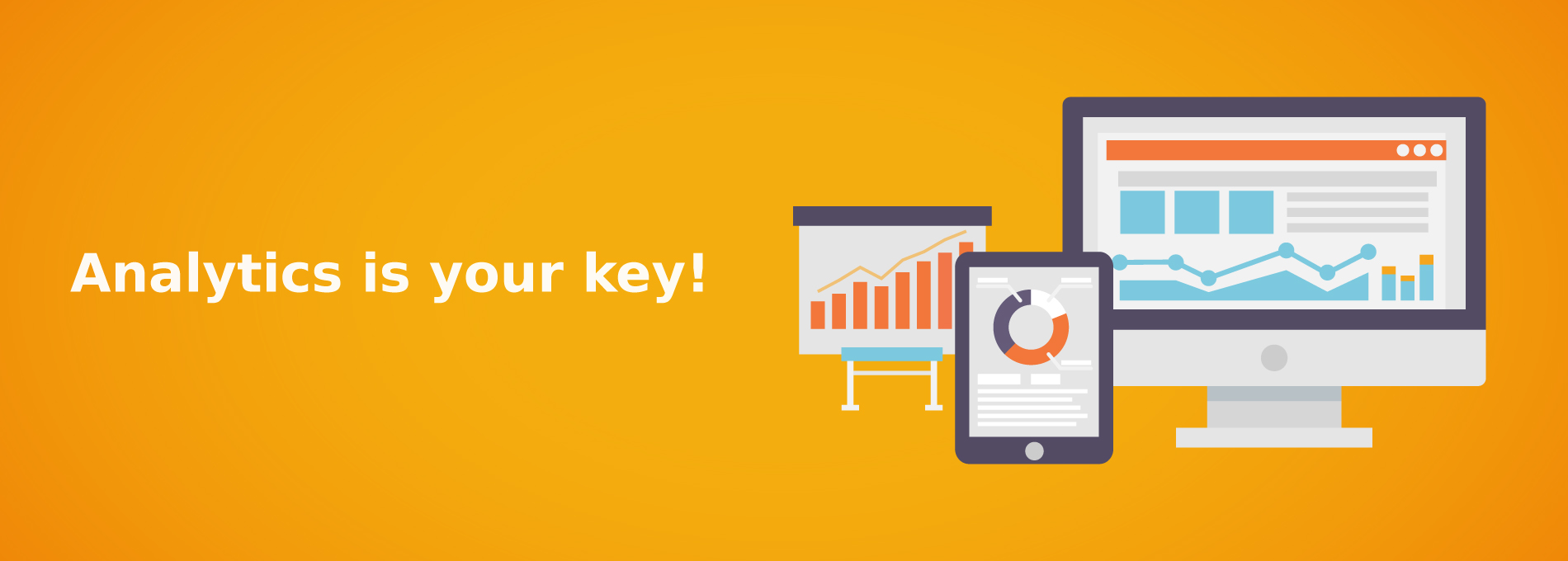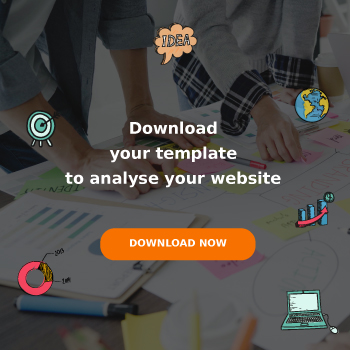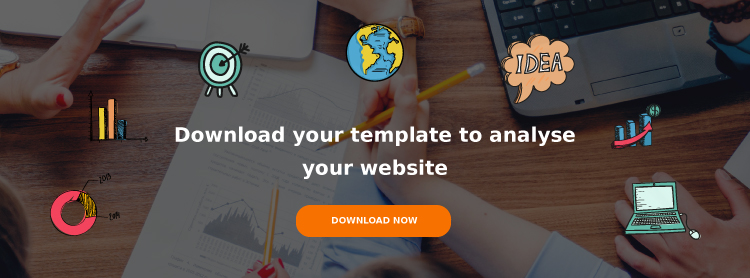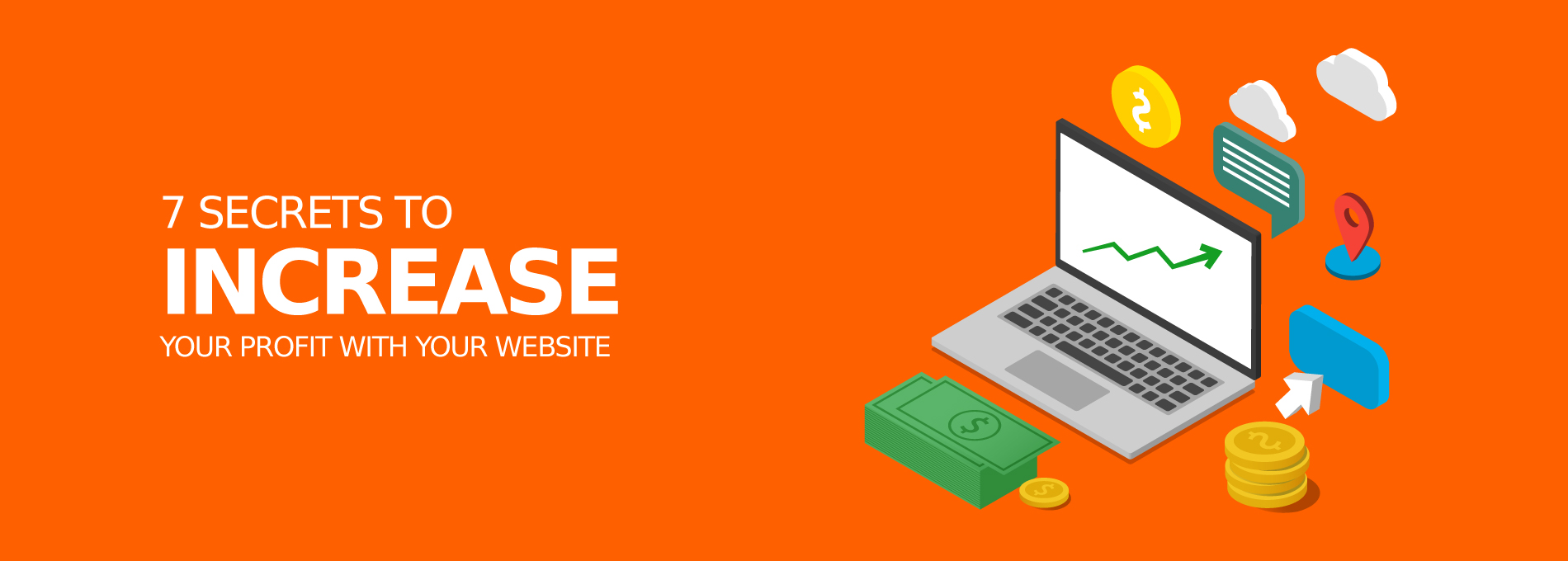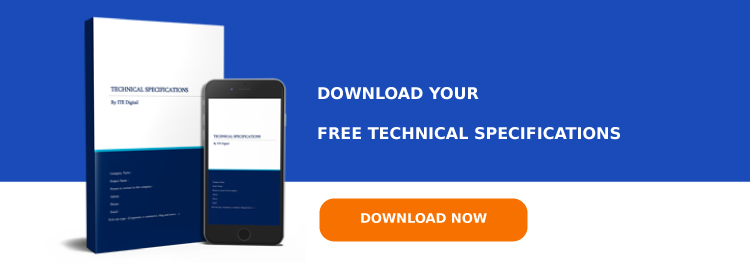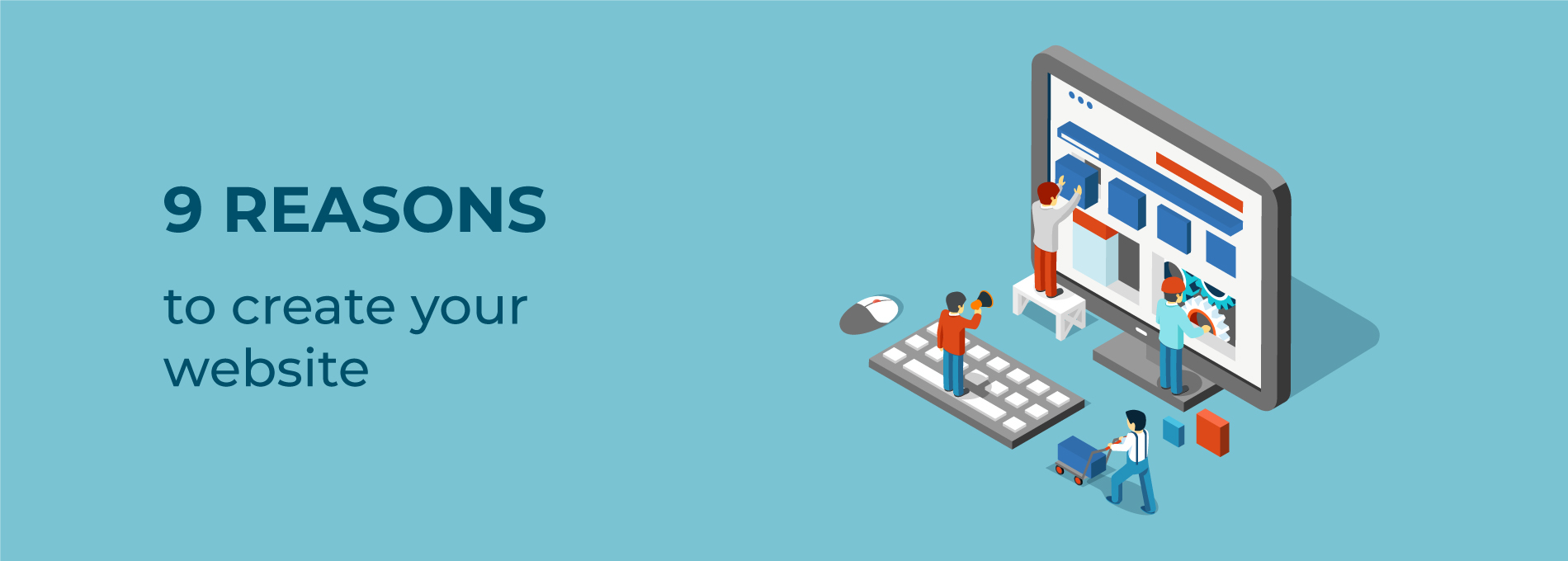After finishing your website, it is important to set up a measurement dashboard to determine how to analyse a website metrics to make it profitable, and what are the areas to improve in order to increase the performance of your website.
In this article, we will give you a list of tools for measuring your website performance and the main measures to be taken into consideration in your analysis, as well as a free model to analyze the figures that you have collected from tools.
Measurement tools
Before giving you the most important statistics to check regularly, here is a list of tools you can use to measure the profitability of your site. You can choose the tool that suits you the most.
There are of course other tools that you can use, but we recommend using google analytics and combining it with other Google tools to get a 360 ° view of your website.
You could use their guide to learn how to analyse a website metrics.
How to analyse a website metrics
In this article, we will mention the measures that you can analyse your metrics in general. In the case of an e-commerce website, there are other important measures to analyse.
Here are the statistics that you need to review and analyze regularly.
Page View
This indicates the complete loading of a web page after the action of a user. This measure allows you to see the number of pages viewed on your website for a specific period of time.
Entry page
This measure allows you to identify your entry pages on your website. This allows you to define the strengths of these pages to build more pages containing the different advantages.
Exit page
This is the case of pages where your user leaves your website. If you know the exit pages, you can identify why your users abandon your website and try to avoid them for your future pages.
The sessions
According to google, Sessions represent the number of sessions initiated by all users of your website. If a user is inactive on your website for at least 30 minutes, any subsequent activity will be considered as a new session. If a user leaves your site and reappears within 30 minutes, Google Analytics counts only one session.
The visits
Visits are the number of visits to your website during a session, regardless of the number of pages viewed by the user according to the site comment ça marche. The number of visits can be measured daily, weekly, monthly and annually. The number of visits is the sum of known visitors and new visitors.
Known visitors
Known visitors are expressed as a percentage. This measure gives you the rate of return visitors to your website. So you can analyze the degree of loyalty of your users on your website from this ratio and determine whether your re-targeting campaigns are effective or not.
New visitors
This is the number of visitors who visited your website for the first time. This shows you the success of your content in attracting traffic as well as the SEO of your website. In fact, a small number of new visitors is the equivalent of low search engine placement or low content promotion. To be able to determine the cause of a low number of visitors, you must analyze the traffic sources.
Traffic sources
Traffic sources show you the sources of visitor acquisition of your website. This indicator allows you to identify the most contributing channels in terms of visits. There are actually 4 sources of traffic on google analytics.
- Direct: This indicates the number of visitors who typed your site directly into the search bar. This indicator can be a notoriety indicator on the web.
- Referral: This indicator shows you visits from another websites such as directories, articles that mention you or others.
- Organic search: It’s the organic search of your queries on search engines such as google, yahoo, bing …
- Social : These are the visits obtained from social networks.
Geographical data
This indicator is very important to see if your visitors are a part of your target at the geographical level, especially if you are targeting a local or regional market.
Bounce rate
Bounce rate is the percentage of visitors who have visited a single page without performing any action (clicks on link) and have left your page. It’s therefore important to watch out for this rate, and try to minimize it through changes on your pages that have the highest bounce rate.
And do not forget the golden rule of change: Make one change per step to identify what gives you the best results.
Average time per visit
The average time per visit is an important indicator to understand if the customer likes the content of your website or not. Obviously if your visitor spends a lot of time on your site, it means he is interested in your page. If not, you must review the content of your website and your design.
Conversion rate
The conversion rate means the percentage of leads, prospects and customers in relation to the number of visitors. In fact, the analysis of the different conversion ratios allows you to identify your strengths and weaknesses in terms of conversion to focus your marketing and sales efforts.
Lead Conversion Rate
Leads are users who have shown interest in your product or service. These are the users who left a contact information from your landing page. This ratio shows you the effectiveness of your landing page and the degree of attraction of your offer.
Conversion rate leads = (Number of leads collected / number of visitors) * 100
Conversion rate of prospects
Prospects are qualified leads by the marketing department, they are the leads that meet the different criteria of your target. This is determined by the elaborate profiles of your “buyer persona”. In this case, you can calculate two different ratios.
The first ratio is the conversion rate in relation to the total number of visitors. This ratio is useful for evaluating the effectiveness of your published offer.
Conversion rate prospects = (Number of prospects / Number of visitors) * 100
The second ratio concerns the number of prospects compared to the number of leads. This ratio shows you the targeting effectiveness of your online advertising campaigns.
Conversion rate prospects / leads = (Number of prospects / Number of leads) * 100
Customer conversion rate
We can distinguish 3 different ratios to measure the customer conversion rate. We can actually measure it in relation to the total number of visitors, in relation to the number of leads and the number of prospects.
Customer / prospect conversion rate: This ratio measures the efficiency of your sales team in terms of sales.
Customer / prospect conversion rate = (Number of customers / Number of prospects) * 100
Customer / Lead Conversion Rate: With this ratio, you can evaluate the effectiveness of your marketing team in capturing qualified lead and nurturing process level.
Customer / lead conversion rate = (Number of customers / Number of leads) * 100
Customer / Visitor Conversion Rate: This ratio shows you how effective your website is at attracting qualified visitors.
Customer / lead conversion rate = (Number of customers / Number of leads) * 100
Acquisition cost
The acquisition cost includes 3 different indicators:
Lead Acquisition Cost
This indicator measures the cost of acquiring leads.
Cost of leads = Budget invested on your campaigns / Number of leads
Prospect Acquisition Cost
This indicator measures the cost of acquisition of leads or qualified leads.
Cost of prospect = Budget invested on your campaigns / The number of prospects
Customer acquisition cost
This indicator measures the cost of acquiring customers through your website.
Customer cost = Budget invested on your campaigns / Number of customers
Return on investment (ROI)
Return on investment is the most important indicator for managers. It measures the effectiveness of your website.
ROI = Revenue generated by the website – (Budget campaign + the cost of your product or service)
The break-even point of your website
The break-even point of your website represents the number of visitors needed to cover the investment on your website. And it’s only a question of calculating the expenses related to your website, to determine the conversion rate of your website, and the average income of a conversion.
Break-even point of your website = Total expenses of your website / (the conversion rate of your website client * average conversion income)
Conclusion
It is important to periodically monitor the analysis of your website to make your marketing effort profitable. We recommend using Google’s tools to evaluate your website.
Your regular analysis allows you to optimize your website and increase profitability and return on investment.
You can download our free template to strat analyzing your website.

